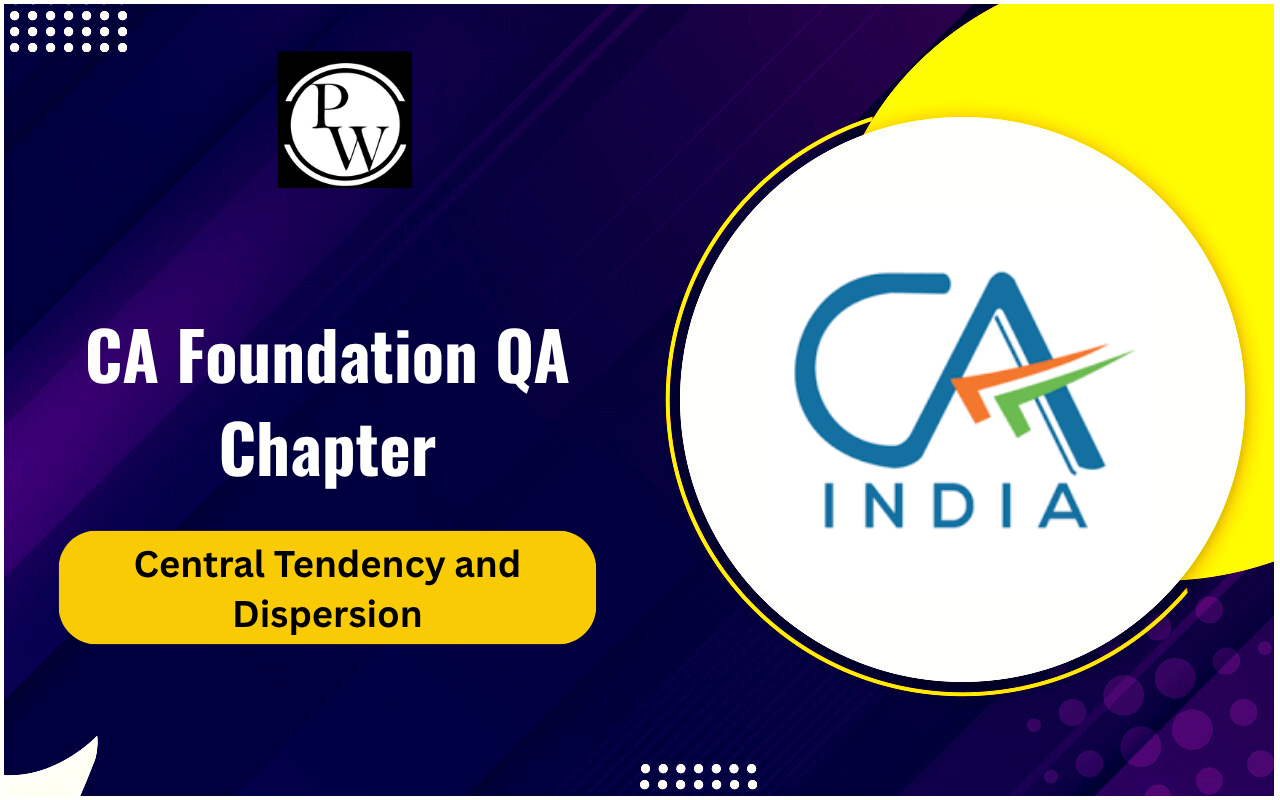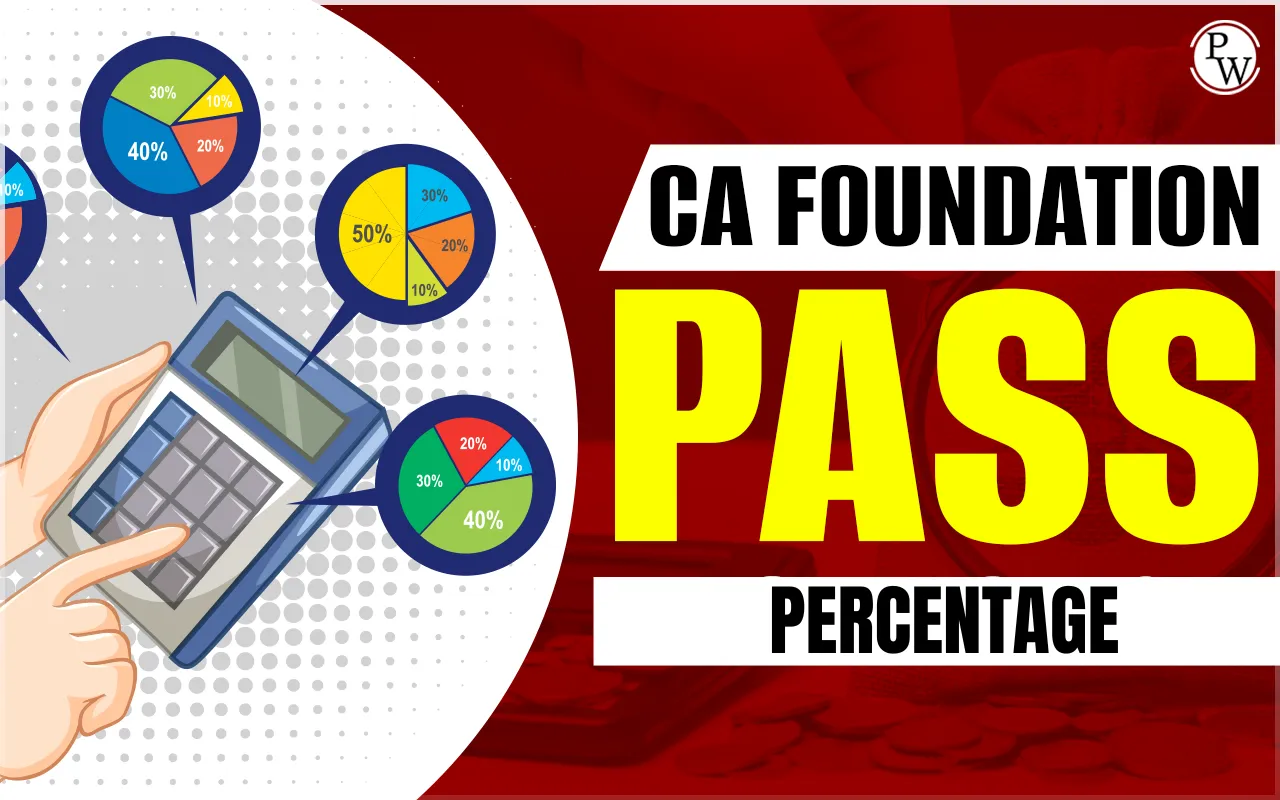
In the world of Goods and Services Tax (GST), the term “supply” holds a central role. When it comes to Supply Under GST, understanding this term is essential, as it is the taxable event for charging GST. For CA students, a clear grasp of the meaning, elements, and types of supply can make all the difference in passing exams with confidence and tackling GST queries with ease. This article will discuss what constitutes supply, its elements, classification, and more.
What is Supply Under GST?
In GST, “supply” goes beyond just selling goods. It encompasses activities such as sale, transfer, exchange, barter, licensing, rental, leasing, and disposal. For Supply Under GST to apply, two conditions must be met:- The supply must be for consideration (i.e., there must be something given in return).
- It must be done in the course or furtherance of business.
Concept of Supply Before GST
Before the introduction of GST, the concept of Supply Under GST didn’t exist. Under the old indirect tax structure, various taxes such as excise duty, VAT, and service tax were levied at different stages and were governed by separate rules. For example:- Excise duty was charged on goods produced when they left the factory.
- Service Tax was governed by “point of taxation” rules.
- VAT applied to the sale of goods or provision of services.
Also Check: GST Compliance
Elements of Supply Under GST
To classify any transaction as Supply Under GST, the following elements must be present:- Consideration: Supply should be for a specific payment or consideration, which can include money, goods, or services in return for the transaction.
- Business Purpose: The supply must take place in the course of or furtherance of business. Personal supplies are generally not covered under GST.
Types of Supply Under GST
There are different classifications within Supply Under GST that CA students should understand:1. Composite Supply
A composite supply is one where two or more goods or services are provided together in a way that they must be supplied in conjunction with each other. The two elements in a composite supply are:- Principal Supply: The main item or service provided in the transaction.
- Secondary Supply: Additional items provided alongside the principal supply.
2. Mixed Supply
Mixed supply is a situation where two or more goods or services are supplied together, but these items are independent of each other. The items in a mixed supply are not necessarily meant to be sold together and do not need each other to function. An example of mixed supply could be a Christmas gift pack with cakes, chocolates, and other festive items. The tax rate for a mixed supply is the higher rate among all the items included.Time of Supply
In Supply Under GST, the “time of supply” is crucial, as it determines when the liability to pay tax arises. Knowing the time of supply helps in deciding the tax due date and rate applicable at the point of supply, which is essential for CA students working on GST-related calculations.Value of Supply
Another key concept for Supply Under GST is determining the value of the supply. The value usually includes:- Price paid or payable for the goods or services.
- Any other taxes levied under laws other than GST.
- Subsidies or discounts linked to the supply, if any.
Scope and Exemptions in Supply Under GST
While Supply Under GST is broad, certain transactions are exempted. Supplies related to agricultural produce, healthcare, education, and more fall under exemptions. Recognizing these exemptions can help CA students advise clients accurately on potential tax savings. At PW CA Courses, we provide in-depth coaching that covers all GST topics in detail, preparing you to tackle both theoretical and practical GST challenges. With PW CA Courses, you’ll have the support and knowledge needed to confidently pass your exams and excel in the GST landscape. Join PW CA Courses to get an edge in CA preparation and reach your goals!| Also Check | |
| Business Accounting | Data Protection Laws |
| Inventories | Sustainable Economic Growth |
| Tax Implications of Mergers and Acquisitions | Difference Between Journal and Ledger |
Supply Under GST FAQs
What is meant by supply under GST?
Supply under GST includes any sale, transfer, exchange, barter, or lease done in the course of business.
What are the types of supply in GST?
The two main types are composite supply, where goods are interdependent, and mixed supply, where they are independent.
Why is the time of supply important?
The time of supply determines when the GST liability arises, affecting the due date for tax payment.
How is the value of supply calculated under GST?
The value of supply includes the price paid, other taxes, and any subsidies linked to the supply.
Are there any exemptions under supply in GST?
Yes, supplies related to education, healthcare, and agriculture often enjoy exemptions under GST regulations.
Talk to a counsellorHave doubts? Our support team will be happy to assist you!

Check out these Related Articles
Free Learning Resources
PW Books
Notes (Class 10-12)
PW Study Materials
Notes (Class 6-9)
Ncert Solutions
Govt Exams
Class 6th to 12th Online Courses
Govt Job Exams Courses
UPSC Coaching
Defence Exam Coaching
Gate Exam Coaching
Other Exams
Know about Physics Wallah
Physics Wallah is an Indian edtech platform that provides accessible & comprehensive learning experiences to students from Class 6th to postgraduate level. We also provide extensive NCERT solutions, sample paper, NEET, JEE Mains, BITSAT previous year papers & more such resources to students. Physics Wallah also caters to over 3.5 million registered students and over 78 lakh+ Youtube subscribers with 4.8 rating on its app.
We Stand Out because
We provide students with intensive courses with India’s qualified & experienced faculties & mentors. PW strives to make the learning experience comprehensive and accessible for students of all sections of society. We believe in empowering every single student who couldn't dream of a good career in engineering and medical field earlier.
Our Key Focus Areas
Physics Wallah's main focus is to make the learning experience as economical as possible for all students. With our affordable courses like Lakshya, Udaan and Arjuna and many others, we have been able to provide a platform for lakhs of aspirants. From providing Chemistry, Maths, Physics formula to giving e-books of eminent authors like RD Sharma, RS Aggarwal and Lakhmir Singh, PW focuses on every single student's need for preparation.
What Makes Us Different
Physics Wallah strives to develop a comprehensive pedagogical structure for students, where they get a state-of-the-art learning experience with study material and resources. Apart from catering students preparing for JEE Mains and NEET, PW also provides study material for each state board like Uttar Pradesh, Bihar, and others
Copyright © 2025 Physicswallah Limited All rights reserved.
Get App









